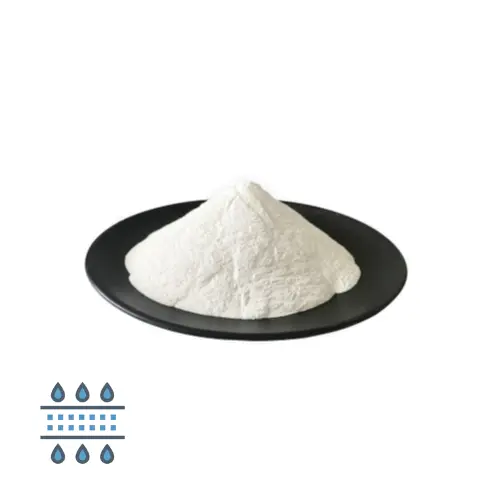Hebei Messi Biology Co., Ltd. stated that the hydrogen sulfide hydrothermal method is a hydrogen sulfide decomposition method that uses brine as raw material to prepare large particle size and easy-to-filter magnesium hydroxide. The reaction formula of the hydrogen sulfide decomposition method is: MgCl2+2HS+2H20-→Mg( OH)2↓+2H2S↑+2Cl. The magnesium hydroxide prepared by this method is usually irregular and has obvious agglomeration. It needs further hydrothermal treatment to obtain regular and well-dispersed magnesium hydroxide.
Room-temperature synthesis process parameters such as heating rate, initial concentration of MgCl2 and additives can significantly affect the morphology, particle size and dispersion of subsequent hydrothermal products. The faster the heating speed or the lower the initial concentration of MgCl2, the more conducive it is to the formation of small-sized magnesium hydroxide particles. After hydrothermal modification, products with regular morphology and good dispersion can be obtained. Adding a small amount of ethanol during the synthesis process at room temperature is beneficial to the preparation of magnesium hydroxide particles with large particle size and good dispersion.
The electrolytic brine method uses brine as raw material, first precipitates with caustic soda to obtain magnesium hydroxide precipitate and sodium chloride, and then electrolyzes brine to obtain caustic soda, which is used as a precipitating agent to precipitate magnesium salts and is recycled. There is no need or less use of purchased caustic soda. , and produce chlorine and hydrogen by-products. The reaction process is as follows:
MgCl2+2NaOH-→Mg(OH)2↓+2NaCl
2NaCl+2H20-+2NaOH+H2+Cl2 (electrolysis)
This method is suitable for the preparation of magnesium hydroxide with high purity and high yield. However, due to its high energy consumption, it is not suitable for areas with power shortages.
Hebei Messi Biology Co., Ltd. stated that from the above methods, the sodium hydroxide and lime milk methods inevitably bring impurities, while the ammonia method is easier to obtain high-purity magnesium hydroxide with suitable particle size. As for the hydrosulfide-hydrothermal method and the electrolytic brine method, they can be appropriately selected and used according to local specific conditions.

